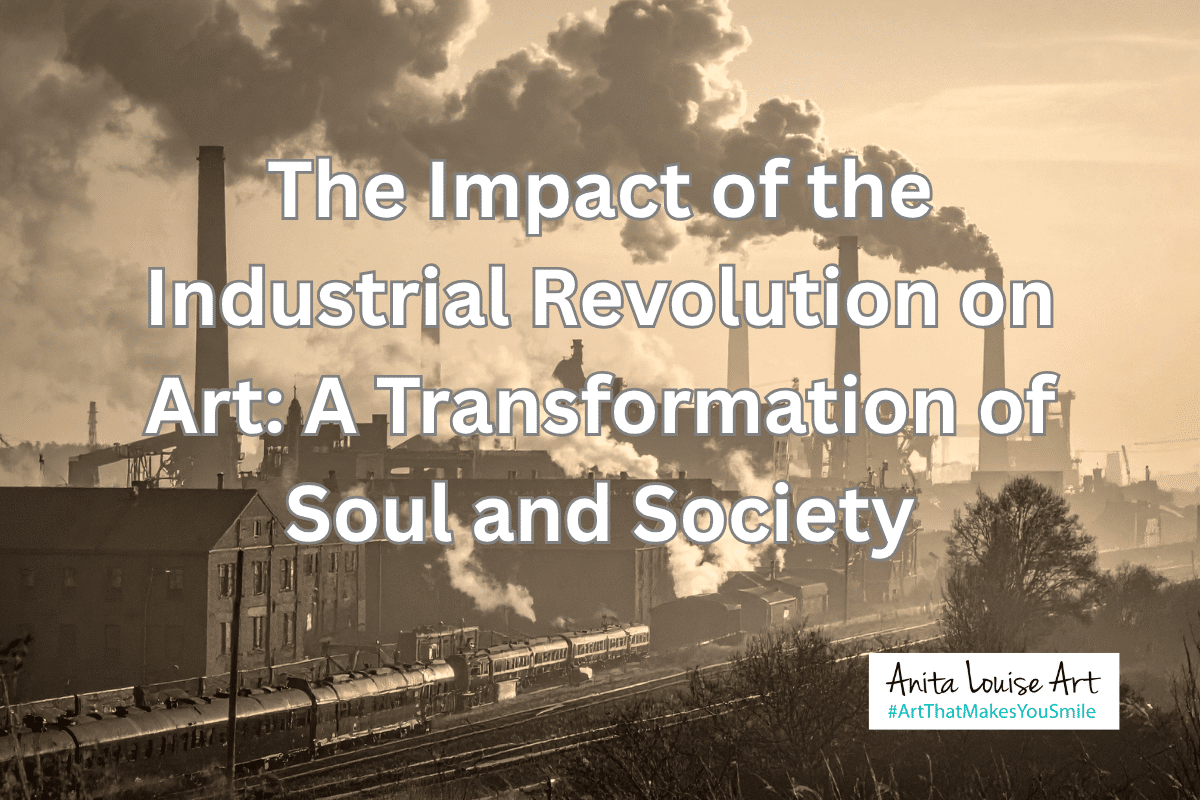What if the factories, smog, and relentless machinery of the Industrial Revolution didn’t just change our cities, but fundamentally warped the very soul of art? We’re talking about a seismic shift where brushes met gears, and canvases reflected the grime of progress. Get ready to see how innovation sparked a revolution on the canvas.
Forget everything you thought you knew about art history – because the Industrial Revolution didn’t just influence art, it smashed it apart and rebuilt it from the ground up! This isn’t just a story about paintings; it’s about how the very fabric of society ripped apart old artistic traditions, forcing artists to create movements that still resonate today. Prepare to see the shocking transformation firsthand.
Table of Contents
- The Dawn of the Machine Age
- Art’s Rebellion: From Romanticism to Realism
- The Impressionist Brushstroke: Capturing the Fleeting Moment
- The Avant-Garde’s Response: Symbolism and Beyond
- Industrialization’s Lasting Legacy
- Related Questions
The Dawn of the Machine Age
The World Before
Before the Industrial Revolution, art was deeply intertwined with aristocratic patronage, guild systems, and traditional subjects. Artists relied on wealthy patrons for commissions, often creating religious or mythological works that reflected the values and beliefs of the elite.
Art was a reflection of societal hierarchy, and the subjects were often grandiose, depicting the lives of the privileged.
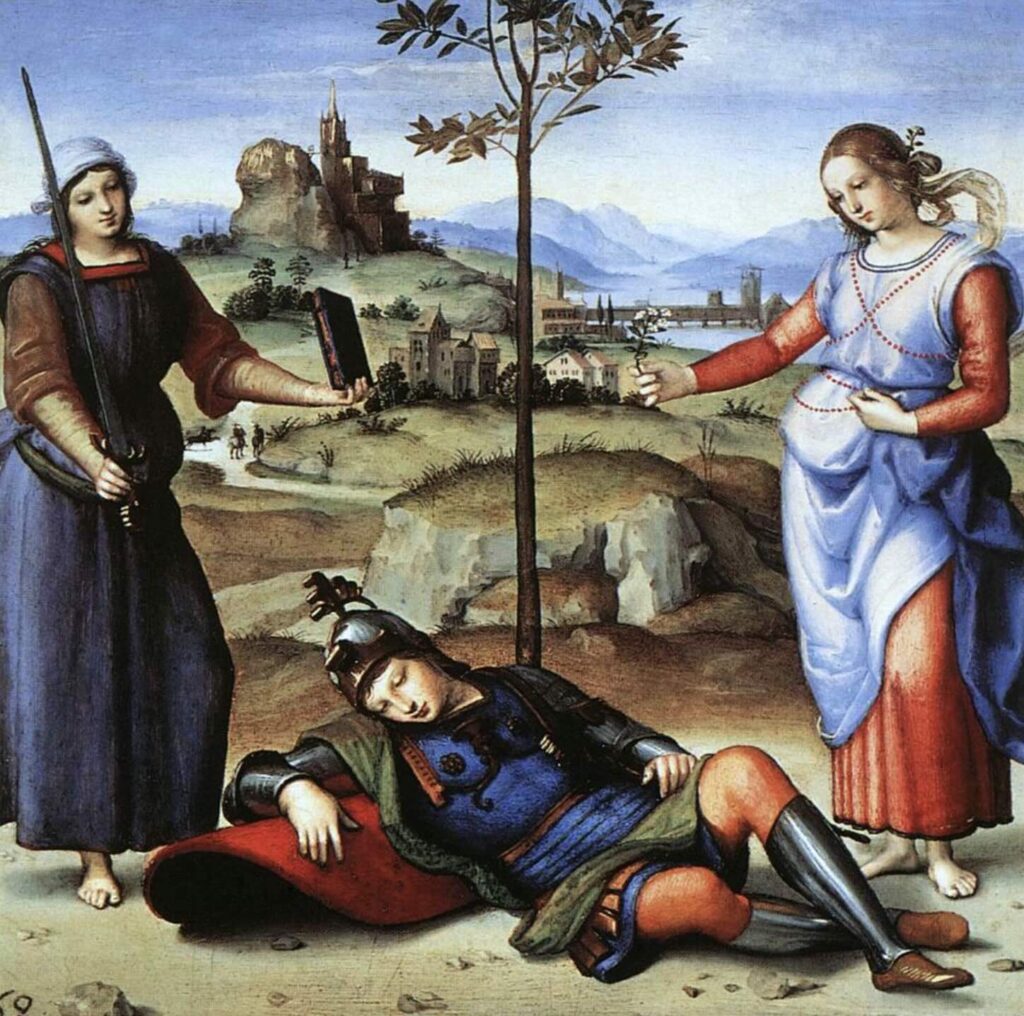
Introduction of New Technologies
The late 18th and early 19th centuries marked the introduction of groundbreaking technologies such as steam power, factories, and mass production. These innovations not only transformed industry but also hinted at a societal shift that would disrupt the status quo.
The rise of factories led to urbanization, drawing people from rural areas into cities in search of work. This shift created a new social landscape, one that artists would soon begin to explore in their work.
Setting the Stage for Art’s Disruption
As cities grew and industrialization took hold, the very essence of life began to change. The hustle and bustle of factory life, the smoke-filled skies, and the rapid pace of modernity became the backdrop for a new artistic narrative.
Artists found themselves at a crossroads, facing the challenge of capturing the beauty and ugliness of a world transformed by machinery.
Art’s Rebellion: From Romanticism to Realism
Romanticism’s Escapist Beauty
In response to the industrial ugliness and urban sprawl, Romanticism emerged as a powerful movement. Romantic artists sought to escape the harsh realities of their environment, turning to nature, emotion, and the sublime.
They painted idyllic landscapes and heroic figures, emphasizing individual experience and the beauty of the natural world. This escapist beauty was a direct reaction to the mechanization of life, providing a refuge from the relentless pace of industrial society.
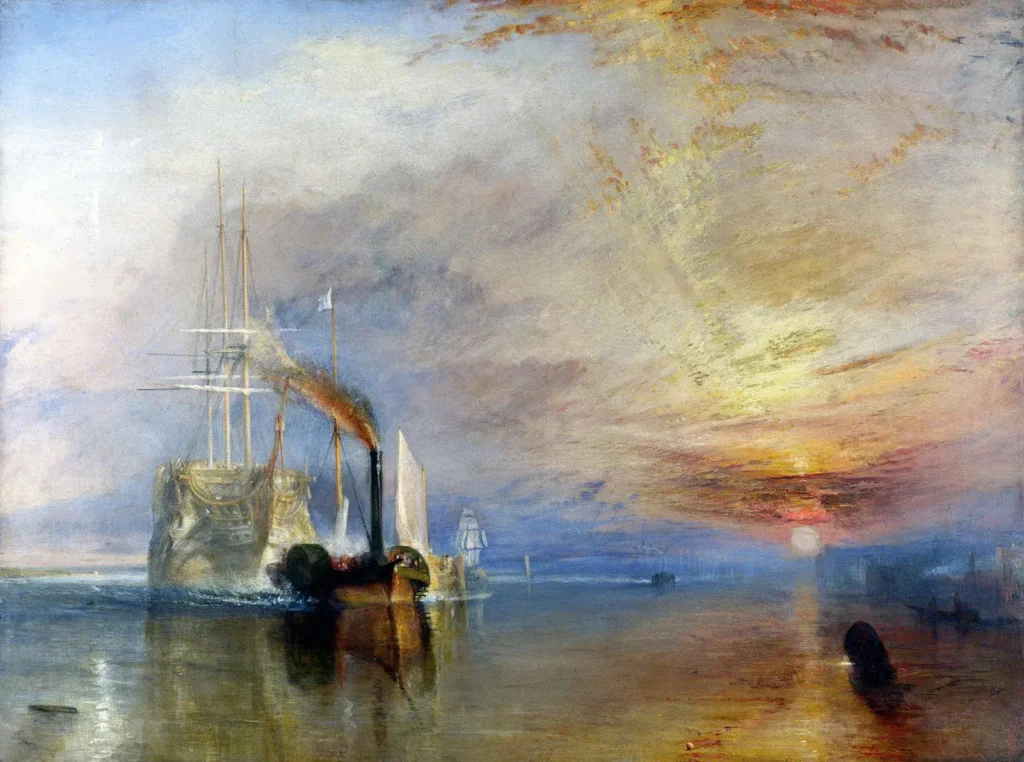
The Rise of Realism
However, as the effects of industrialization became more pronounced, a new movement began to take shape: Realism. Artists like Gustave Courbet and Jean-François Millet focused on depicting the gritty realities of industrial life, showcasing factories, laborers, and the struggles of the working class.
Realism marked a significant shift in subject matter, moving away from the grand themes of Romanticism to portray the everyday lives of ordinary people.
New Subjects, New Patrons
The shift from religious or mythological scenes to everyday life appealed to a broader audience. As art became more accessible, artists began to attract new patrons, including the burgeoning middle class.
This democratization of art allowed for a more diverse range of subjects and styles, reflecting the changing social dynamics of the time.
The Impressionist Brushstroke: Capturing the Fleeting Moment
Impact of Photography
The advent of photography in the mid-19th century had a profound impact on the art world. Artists no longer needed to meticulously document reality, as cameras could capture images with precision.
This newfound freedom allowed artists to explore light, atmosphere, and movement in ways that had previously been impossible. Impressionists like Claude Monet and Pierre-Auguste Renoir embraced this opportunity to capture the ephemeral moments of modern life.

Urbanization and Leisure
The rapid urbanization brought about by industrialization also influenced Impressionism. Artists began to depict the new cityscapes, cafes, and parks that emerged from industrial prosperity.
They captured scenes of leisure, highlighting the changing lifestyles of urban dwellers. The Impressionist brushstroke, characterized by loose and spontaneous techniques, mirrored the fast-paced, fragmented modern world.
The Dissolution of Traditional Forms
Impressionism represented a break from traditional artistic forms and conventions. The loose brushwork and emphasis on capturing fleeting moments reflected a new way of seeing the world. This dissolution of traditional forms opened the door for future movements, paving the way for modern art.
The Avant-Garde’s Response: Symbolism and Beyond
Symbolism’s Retreat into the Subconscious
As industrial society became increasingly externalized, movements like Symbolism emerged as a counterpoint. Symbolist artists explored the inner workings of the human psyche, retreating into the subconscious to find meaning beyond the material world.
They sought to express emotions, dreams, and ideas through symbolic imagery, challenging the realist approach that dominated the art scene.
Art Nouveau’s Embrace of Manufactured Beauty
In contrast to the stark realities of industrial life, Art Nouveau embraced the beauty of manufactured forms. This decorative movement celebrated ornamentation and organic shapes, reflecting a desire to create harmony between nature and industry.
Artists like Alphonse Mucha and Gustav Klimt incorporated intricate designs and flowing lines, responding to the uniformity of mass production with a celebration of individuality.
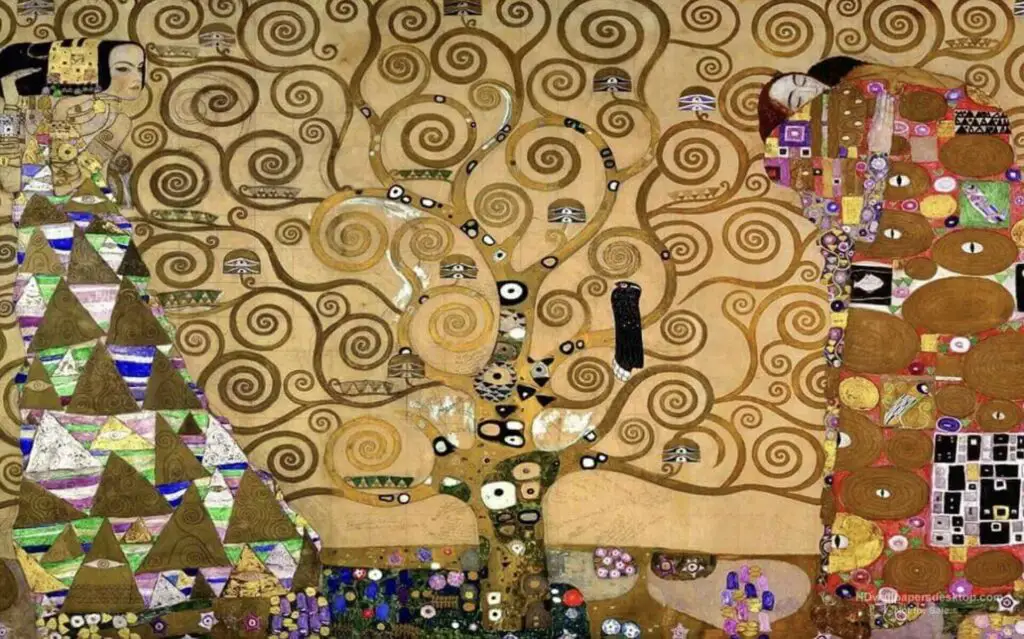
The Seeds of Modernism
These movements pushed artistic boundaries and laid the groundwork for modernism. Artists began to question traditional notions of representation and sought to explore abstraction and conceptual art.
The avant-garde movements of the late 19th and early 20th centuries challenged the status quo, paving the way for the radical transformations that would define modern art.
Industrialization’s Lasting Legacy
The Democratization of Art
One of the most significant legacies of the Industrial Revolution was the democratization of art. Mass production techniques made art more accessible, allowing a wider audience to engage with and appreciate artistic creations.
Printmaking, lithography, and other reproduction methods enabled artists to reach broader audiences, breaking down the elitist barriers that had previously defined the art world.
The Artist’s Evolving Role
As art evolved, so did the role of the artist. No longer merely craftsmen serving wealthy patrons, artists began to see themselves as social commentators and independent innovators. They used their work to reflect societal changes, challenge norms, and provoke thought.
This shift in perspective allowed artists to engage with contemporary issues, making art a powerful tool for social change.
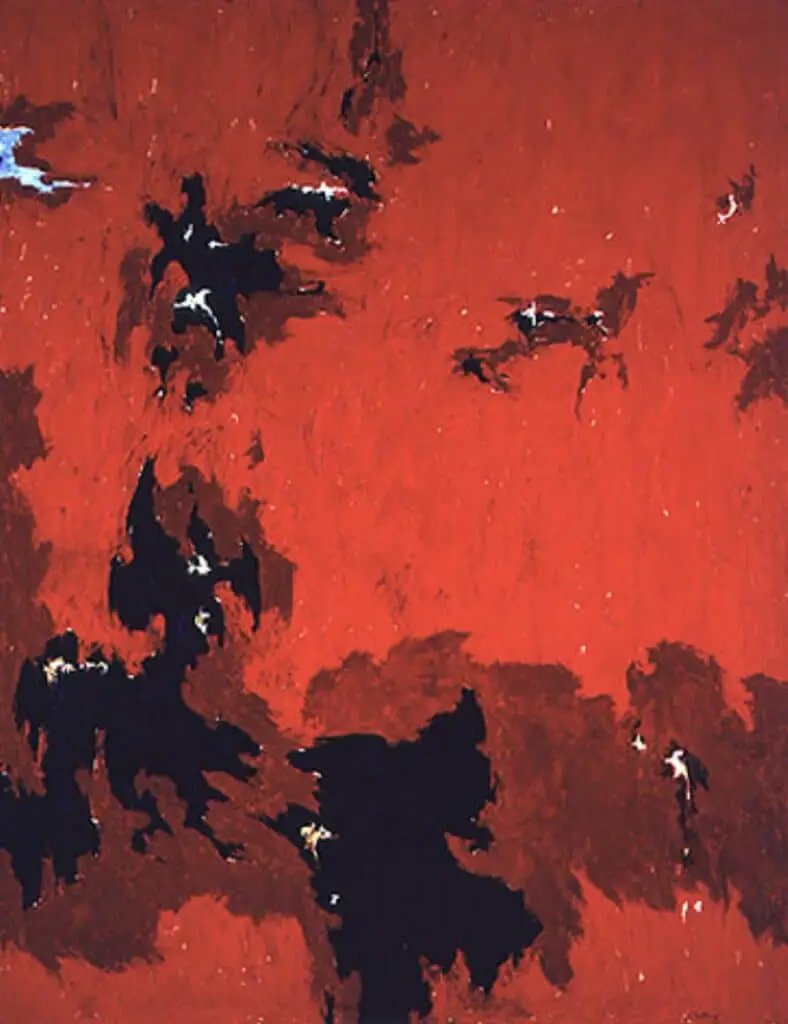
Contemporary Art: A Reflection of Industrialization
The influence of industrialization continues to shape contemporary art today. From digital art to performance art, artists draw inspiration from the technological advancements and social changes brought about by industrialization.
The themes of urbanization, technology, and the human experience remain central to artistic exploration, reflecting the ongoing dialogue between art and society.
The Industrial Revolution was not just a period of technological advancement; it was a cultural explosion that transformed the very fabric of society and art. From the escapist beauty of Romanticism to the gritty realities of Realism, and the fleeting moments captured by Impressionism, artists adapted and evolved in response to the changing world around them.
The avant-garde movements that followed pushed artistic boundaries, paving the way for modernism and contemporary art.
As we reflect on this seismic shift, we recognize that the legacy of the Industrial Revolution continues to resonate in the art we create and consume today. It serves as a reminder of art’s power to reflect, challenge, and inspire in the face of unprecedented change.
So, what if the factories, smog, and relentless machinery of the Industrial Revolution didn’t just change our cities, but fundamentally warped the very soul of art? Perhaps, in this transformation, we find the true essence of creativity—an ongoing dialogue between progress and the human experience.
If you want to see any of my art, you can find out more by clicking here. If you are interested in what inspires me and my paintings, you can discover more by clicking here.
We have a free newsletter and would love you to be part of our community; you can subscribe to the newsletter by clicking here. If you have any questions, I would be happy to talk to you. You can reach me, Anita, by clicking here.
Subscribe to our Anita Louise Art YouTube Channel filled with great videos and information by clicking here.
Join us for our podcast “5 Minutes With Art.” Spend just 5 minutes a week with us to discover and learn about great art and artists. You can find out more about our podcast by clicking here.
Related Questions
What Did Leonardo da Vinci Contribute To Medicine?
Leonardo da Vinci contributed a lot to the medical field of study. His work contributed to our understanding of anatomy, medical physics, biomedical engineering, and neuroscience. He was fascinated with the human body as an artist and scientist.
By clicking here, you can learn more by reading What Did Leonardo da Vinci Contribute To Medicine?
What Inspired Leonardo da Vinci To Paint The Last Supper?
Duke Ludovico Sforza commissioned Leonardo to paint the Last Supper mural. What makes the Last Supper mural so unique is that he painted it at the exact time when Christ told the Apostles during The Last Supper meal that one of them would betray him. Leonardo showed the apostles’ reactions, including Judas, who betrayed Christ.
You can read more about What Inspired Leonardo da Vinci To Paint The Last Supper? by clicking here.
Where Was The Last Supper Painted?
What often surprises people—especially those familiar with the Florentine roots of many Renaissance masterpieces—is that this iconic painting isn’t found in Florence. Instead, it graces a wall in Milan, housed in the serene environment of a monastery. Read on as we delve deeper into the actual location of “The Last Supper,” how you can experience this awe-inspiring artwork today, and what makes this painting so timeless and iconic.
You can learn more by reading Where Was The Last Supper Painted? by clicking here.

